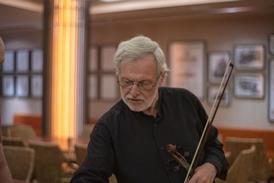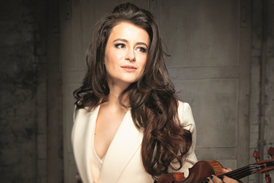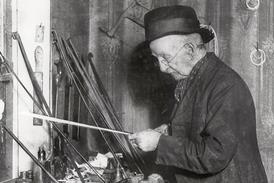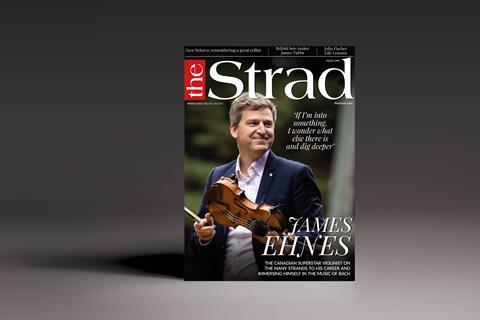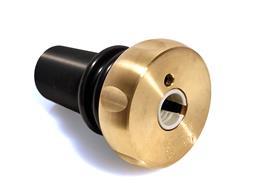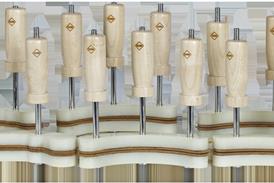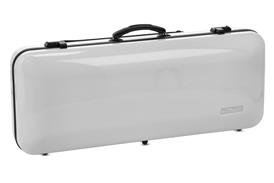- More from navigation items
- Home
- News
- For Subscribers
- Student Hub
- Playing Hub
- Podcast
- Lutherie
- Magazine
- Magazine archive
- Whether you're a player, maker, teacher or enthusiast, you'll find ideas and inspiration from leading artists, teachers and luthiers in our archive which features every issue published since January 2010 - available exclusively to subscribers. View the archive.
- Jobs
- Shop
- Directory
- Contact us
- Subscribe
- Competitions
- Reviews
- Debate
- Artists
- Accessories
Trade Secrets: Designing a bridge for a violin with distorted arching

A solution to a common problem in antique instruments
Antique violins, like people, are all unique. Their archetypal features and flaws are expressed with a dizzying degree of variation and so the care of them requires creative solutions to their universal yet idiosyncratic problems.
One of the most common faults is deformation of the arching. Restoring this is difficult and expensive, and thus not undertaken casually.
Unfortunately, deformed archings make it difficult to fit a bridge, from a standard blank, that is structurally balanced, aligns with the fingerboard, and is visually pleasing. Before I tried the method described here, I was never fully satisfied when I set up a fine violin. Following these steps allows the restorer to design a bridge that accommodates these imperfections without disturbing the bridge’s aesthetic and acoustic functions.
Already subscribed? Please sign in
Subscribe to continue reading…
We’re delighted that you are enjoying our website. For a limited period, you can try an online subscription to The Strad completely free of charge.
* Issues and supplements are available as both print and digital editions. Online subscribers will only receive access to the digital versions.




